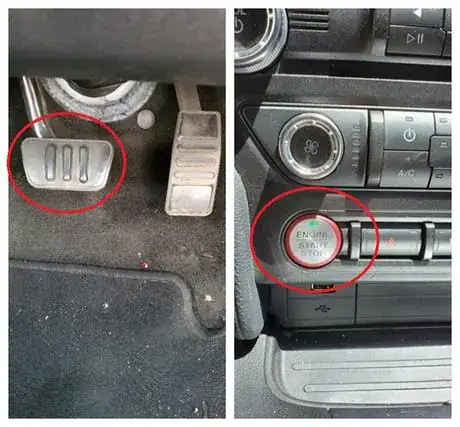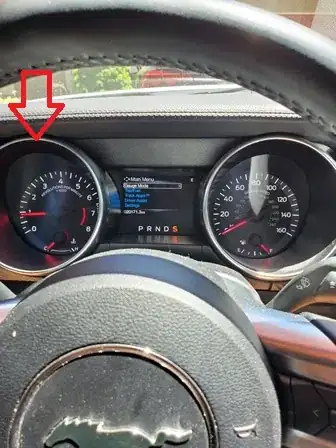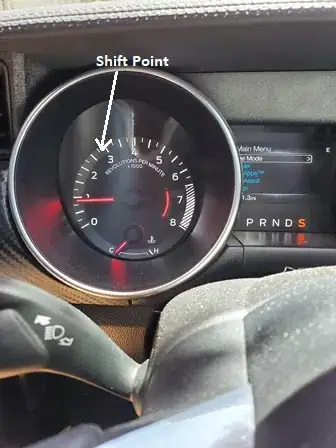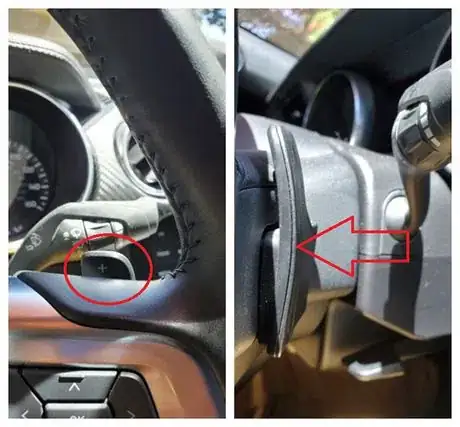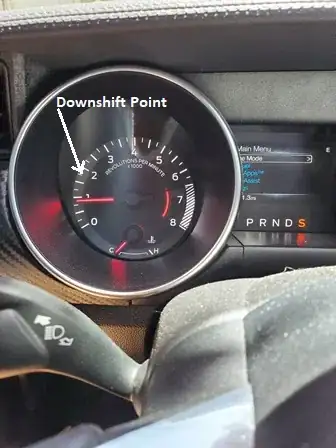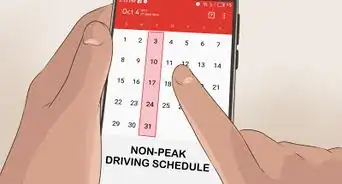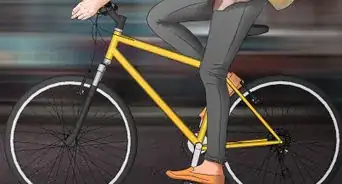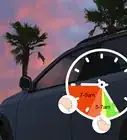wikiHow is a “wiki,” similar to Wikipedia, which means that many of our articles are co-written by multiple authors. To create this article, volunteer authors worked to edit and improve it over time.
This article has been viewed 24,334 times.
Learn more...
Paddle shifters are a great way to enrich the driving experience and give the driver more control in an automatic vehicle. Paddle shifters have been in the racing world for decades now, they allow the driver to quickly shift up or down without requiring a clutch pedal or removing a hand from the steering wheel to shift. As the technology in modern transmissions improved, paddle shifters began to appear on production cars. Today, both performance cars and family crossovers can be found with paddle shifters. With a little practice and basic understanding of how engines function anyone can use paddle shifters to improve their driving experience.
Steps
Starting the Vehicle
-
1Apply pressure onto the brake pedal and turn the ignition key to start your vehicle. If the vehicle you own has no ignition key, press the "START/STOP" button to ignite your engine. Vehicles with paddle shifters have automatic transmissions. This means that there are only two pedals (brake and gas pedal) within the vehicle.
-
2Using the gear lever (located to your right), shift into manual (M) or sport (S) mode with the brake pedal still pressed in. Both manual and sport modes enable the user input of paddle shifters to change gear. Some vehicles may have both manual mode and sport mode available. Regardless, both modes will still support paddle shifter input.
Upshifting Using Paddle Shifters
-
1Accelerate using the gas pedal. Pay attention to the tachometer (located to the left of your speedometer). You'll notice that as you accelerate, the tachometer value increases. This will help you determine when to shift up and down while driving.
-
2Pick your shift point. For normal driving, you'll want to shift between 2700 rpm and 3300 rpm. Every car is different so it's best you use the tachometer to find your shift point rather than your speedometer.
-
3Click the upshift paddle on the steering column to shift up to the next gear while accelerating. This is usually the paddle on the right and in most cars has a + on it. You'll notice and audible change in the engine speed as well as the sensation of changing gear.
-
4Repeat the process until you've reached your desired speed. If you want to maintain that speed for a great distance, be sure to keep shifting up gears until your tachometer value is between 1500 rpm and 2000 rpm. This will ensure you maintain good fuel efficiency while at your desired cruising speed.
-
5Change your shift point depending on what driving style you want to achieve. For normal relaxed driving, a shift point between 2700 rpm and 3300 rpm is ideal. For spirited performance driving, you'll want to pick a shift point closer to your redline limiter. On the tachometer, this is indicated usually by red tick marks and red lettering.
Downshifting Using Paddle Shifters
-
1Decelerate the vehicle using the brake pedal. Pay attention to the tachometer, you'll notice that as you slow down the tachometer value decreases. This will help you choose your downshift point.
-
2Pick your downshift point. If you are coming to a stop then you'll want to downshift between 1800 rpm and 2200 rpm. This will ensure that if you need to accelerate again before stopping you will be in the proper power band to do so without lugging the engine or damaging the transmission.
-
3Click the downshift paddle on the steering column to shift down a gear while decelerating. This is usually the paddle on the left and in most cars, the paddle will have a - on it. You will notice an audible change in the engine speed as well as the sensation of changing gear.
-
4Repeat the process until you've either come to a stop or reached your desired speed. Be sure to practice the starting and stopping sequences to better understand your shift points.
Parking and Turning Off the Vehicle
-
1Apply pressure onto the brake pedal and simultaneously using the gear lever, shift the vehicle into park. Shifting into other gears such as drive, neutral, and reverse follow the same process and the vehicle will automatically disable the paddle shifters once the gear is changed.
-
2Once the vehicle is in the park, either turn the key in the ignition counterclockwise or press the ignition stop/start button to turn the vehicle off.
Warnings
- Continuously shifting near your redline limiter can accelerate wear on the engine.⧼thumbs_response⧽
